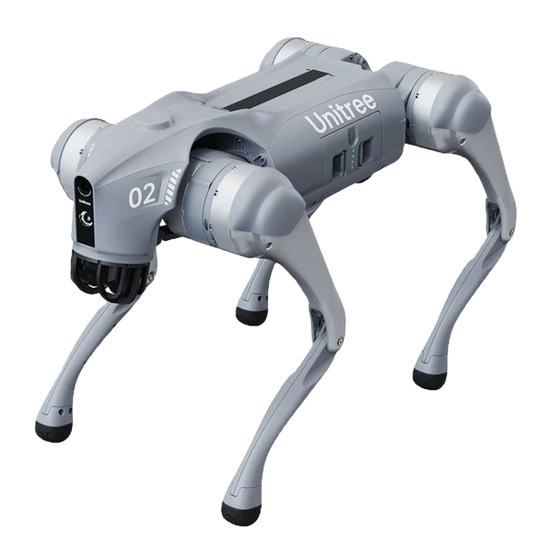Power Line Inspection
The use of drones equipped with high-resolution cameras and sensors to inspect power lines, reducing the need for dangerous manual inspections.
The maintenance and integrity of power lines are critical components of modern electrical infrastructure, ensuring that energy is reliably delivered to households and businesses. Power Line Inspection is a vital practice within this broader domain, directly impacting safety, efficiency, and the overall reliability of electrical grids. Understanding terms like Power Line Inspection is essential for stakeholders in energy management, engineering, and technology, as innovations in this area can lead to safer work environments and reduced downtime in power delivery.
What is Power Line Inspection?
Power Line Inspection refers to the use of drones equipped with high-resolution cameras and sensors to inspect power lines, significantly reducing the need for dangerous manual inspections. Drones can swiftly cover vast areas, capturing detailed visual data and monitoring the structural integrity of power lines and associated equipment. This method not only enhances the efficiency of inspections but also minimizes the risk to human inspectors who would traditionally climb poles and navigate hazardous terrain.
Key Concepts:
Drones: Unmanned aerial vehicles that can be remotely controlled or autonomously fly to gather data.
High-Resolution Cameras: Advanced imaging technology that captures clear and detailed images, essential for identifying potential issues on power lines.
Sensors: Devices attached to drones that can measure various environmental factors, such as temperature and electrical emission, to assess the condition of power lines.
LiDAR Technology: A laser-based method crucial for creating detailed topographical maps and assessing the terrain around power lines.
Applications and Relevance:
Routine Inspections: Drones can perform regular surveillance of power lines to identify wear and tear before problems escalate.
Emergency Assessments: After storms or natural disasters, drones provide immediate aerial views to assess damage and prioritize repairs.
Vegetation Management: Drones monitor and manage vegetation encroaching on power lines, helping prevent outages.
Infrastructure Health Monitoring: Continuous inspections contribute to long-term maintenance strategies by providing historical data on the condition of equipment.
Challenges and Considerations:
Regulatory Hurdles: Navigating airspace regulations can complicate drone operations, especially near populated areas.
Weather Limitations: Adverse weather conditions can hinder drone inspections, making scheduling challenging.
Data Management: The volume of data collected requires robust systems for storage, analysis, and interpretation.
Initial Costs: The initial investment in drone technology and training can be significant, although often justifiable over time.
Future Trends and Innovations:
AI Integration: Artificial intelligence is increasingly being used for image analysis, enhancing defect detection capabilities and predictive maintenance.
Automated Inspection Systems: Development of fully automated drones capable of performing inspections without human intervention is on the horizon.
Real-Time Monitoring: Advancements in communication technology will enable live data transmission from drones to operators for immediate analysis and action.
Collaborative Platforms: Emerging technologies are fostering collaborative environments where data from multiple sources can be integrated for comprehensive analysis.
Power Line Inspection stands at the intersection of technology and electrical engineering, showcasing the transformative potential of drones in enhancing safety and efficiency within the energy sector. By enabling quicker, safer, and more effective inspections, this practice is not only reshaping how power line infrastructure is maintained but also advancing broader discussions on sustainable energy management and technological adaptation in traditional industries. Understanding the various aspects of Power Line Inspection is crucial for recognizing its importance in the continuous delivery of essential electrical services.














